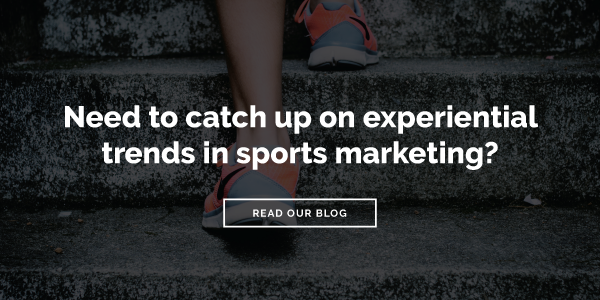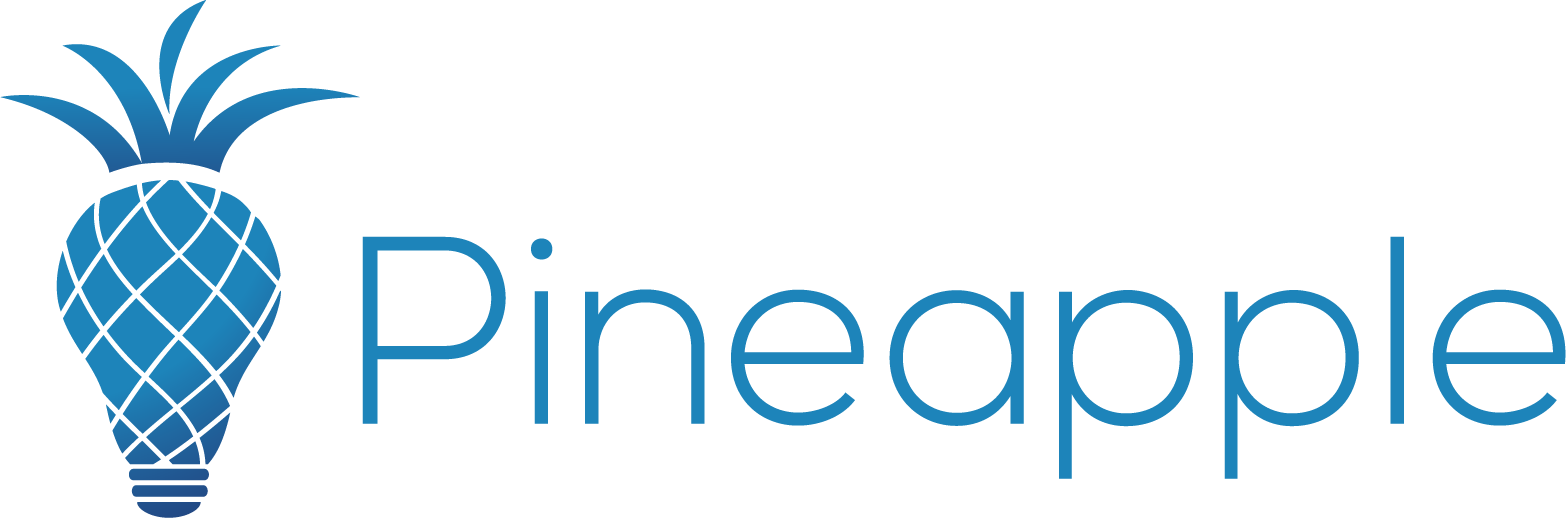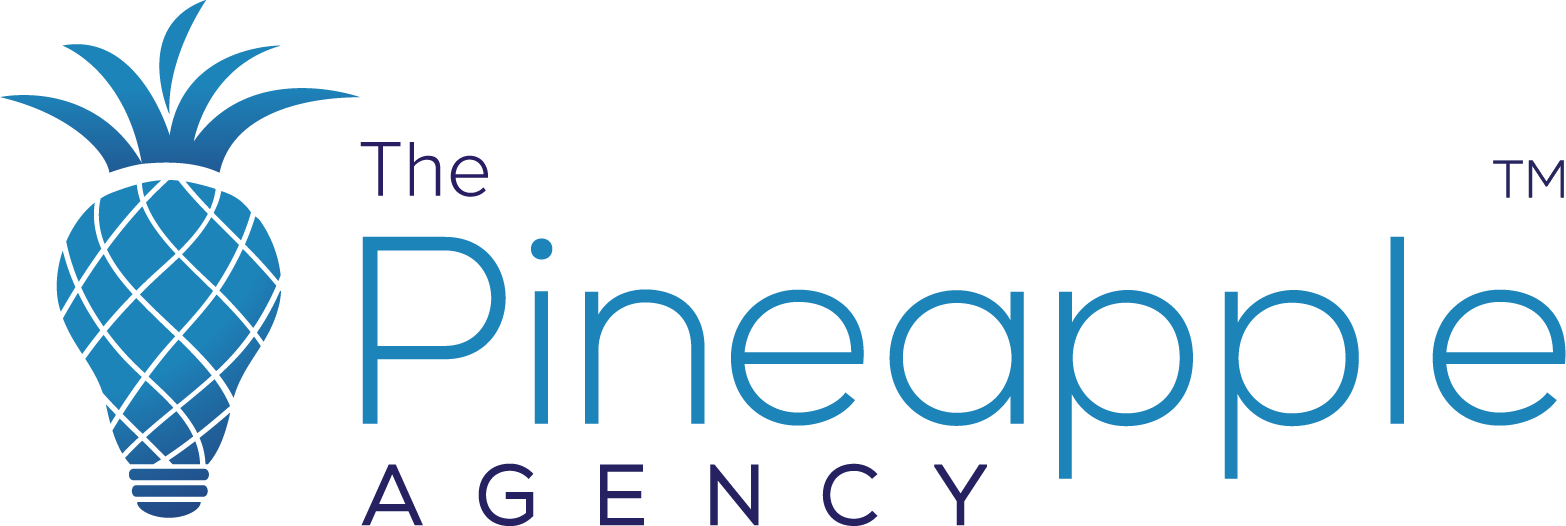Why Nike’s Breaking2 Worked
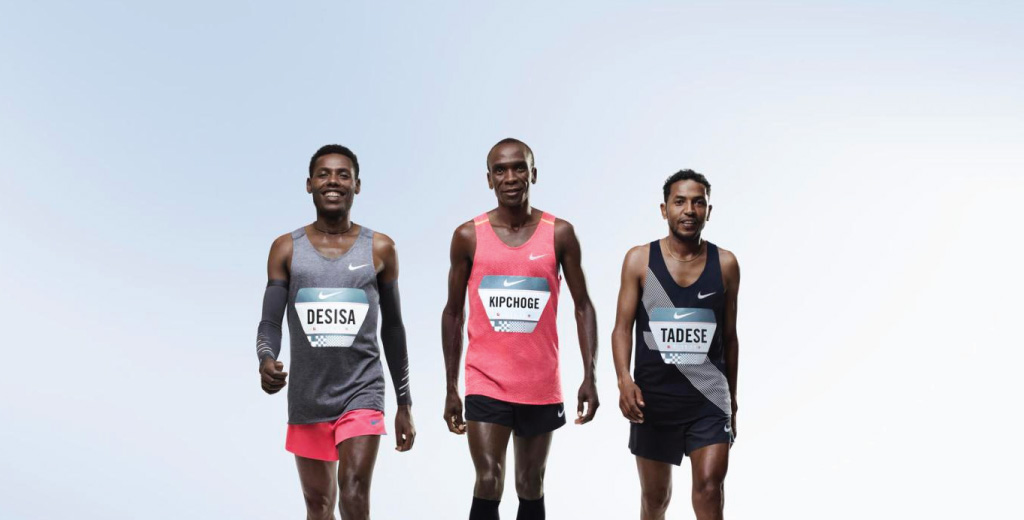
What if Nike had a marathon and 13 million people came?
Nike’s massive Breaking2 initiative culminated in a race in May of 2017, but the race was only the final reveal of a project nearly 3 years in the making. In a nearly perfect expression of the Nike brand, Breaking2 combined elite athletic performance, cutting edge shoe technology, and meticulous attention to crafting an unforgettable brand experience.
Scientists speculate that it might be possible for a human to run a marathon in less than 2 hours, but only barely, and only in the perfect conditions. And it’s a goal that is (so far) only theoretical. By announcing that Nike intended to break the 2 hour threshold, they could immediately command the interest and excitement of athletes, sports scientists, and sport enthusiasts around the world.
And Nike is the company to do it. Working in experimental laboratories in their Beaverton, Oregon headquarters, they have the facilities and the expertise to not only train the best athletes in the world, but to design, refine, and perfect the perfect shoe. That shoe ended up being the Zoom Vaporfly Elite, and a disguised, not-yet commercial version of the shoe was worn by all three of the 2016 men’s marathon Olympic medalists.
On the night of the attempt, only 800 people were present at the Formula One track in Italy where the race would be run. But 13.1 million people tuned in to the live stream on Twitter, Facebook, and YouTube, with half a million simultaneous viewers at its peak, making it Twitter’s biggest-ever brand-driven live event. The attempt commanded 8 times more viewers than the New York, Boston, or Chicago marathons. As of December 2017, 19 million people have watched the race, and the #Breaking2 hashtag has over 2 trillion impressions.
Using the footage, both Nike and National Geographic have made documentaries about the race. And Nike invited viewers to download their app and attempt to “Break2” on their own, with early access to the Zoom Fly shoe, the commercial version of the shoes worn by the runners.
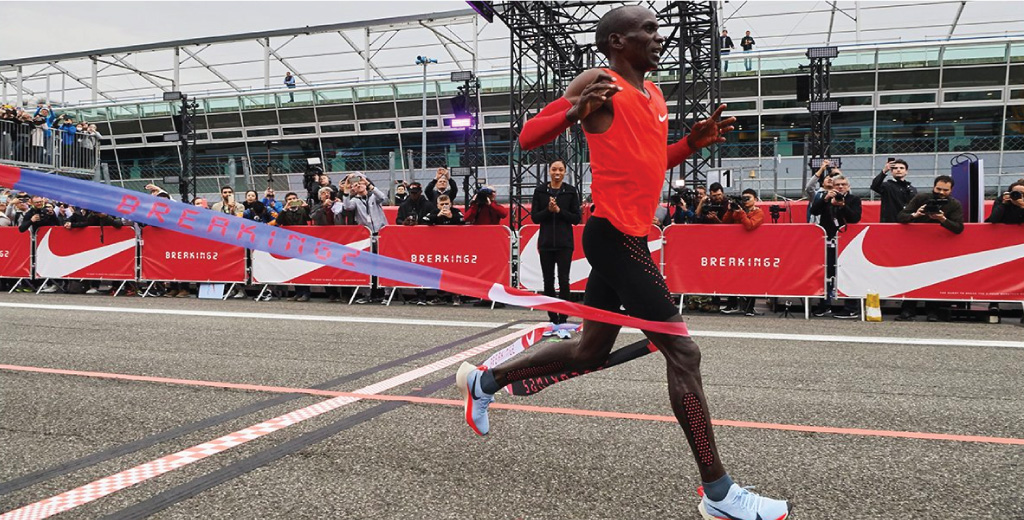
As a race, although the world record was broken, the 2 hour barrier was not. As a brand experience, Breaking2 was unparalleled.
- As a marketing tool, beginning with the 2016 summer Olympics through the May 2017 race, Nike designers and engineers commanded media attention by talking about the science and technology of their controversial shoe.
- As a sporting event, it had all the breathless excitement and anticipation of a major event. The athletes chosen were all familiar to the public as elite, Olympic athletes, and the race commanded audience and media attention as a spectacle alone.
- As a campaign, by holding the race themselves, Nike had complete creative control of all the content and promotion. They could position it exactly as they wanted, and generate hundreds of hours of unique brand content unavailable anywhere else, that can fuel unique content for years to come.
- As a sales tool, the extensive discussion of the shoe itself, including when it would be available to consumers, was an integral part of the brand experience.
- And as an experience, Breaking2 was comprehensive. Using video and blog content, traditional and social media, the Nike app, and the live stream, audiences around the world were immersed in a unique, unrepeatable, brand experience, the effects of which are still being felt today.
Breaking2 was a complete triumph. The meticulous, multi-level planning and execution, the vast investment of time and resources, and the masterful command of media attention and audience, resulted in a branded experience that we don’t yet quite have the vocabulary to describe. It’s been discussed as a sporting event, as an ad campaign, as a marketing stunt, and as a brand experience. In truth, it was all of those, and more. And, given Nike’s ability to execute long-term, complex projects, we can expect the effects of Breaking2 to resonate through the sports marketing and experiential worlds for years to come.
